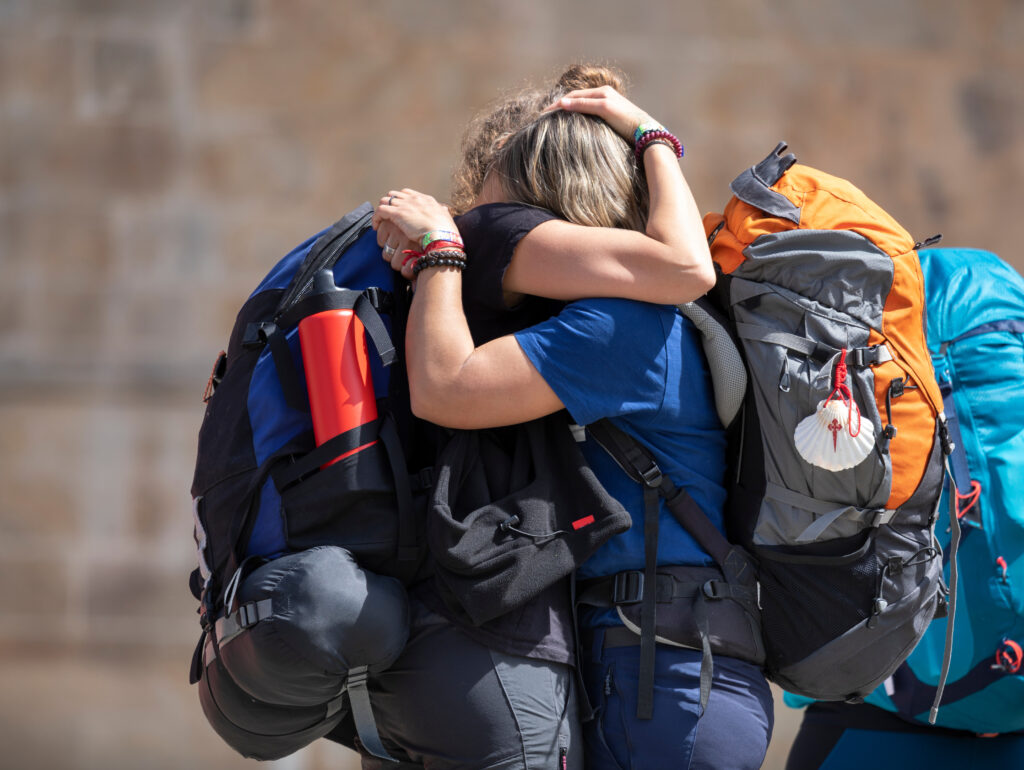
Whether you're taking the Pilgrim's Way to Santiago de Compostela for the pilgrimage itself, or for the love of hiking, it requires a certain amount of preparation. Here, then, are our 12 tips on the Camino de Compostela, to help you get the most out of this legendary trek.
1. Plan your itinerary
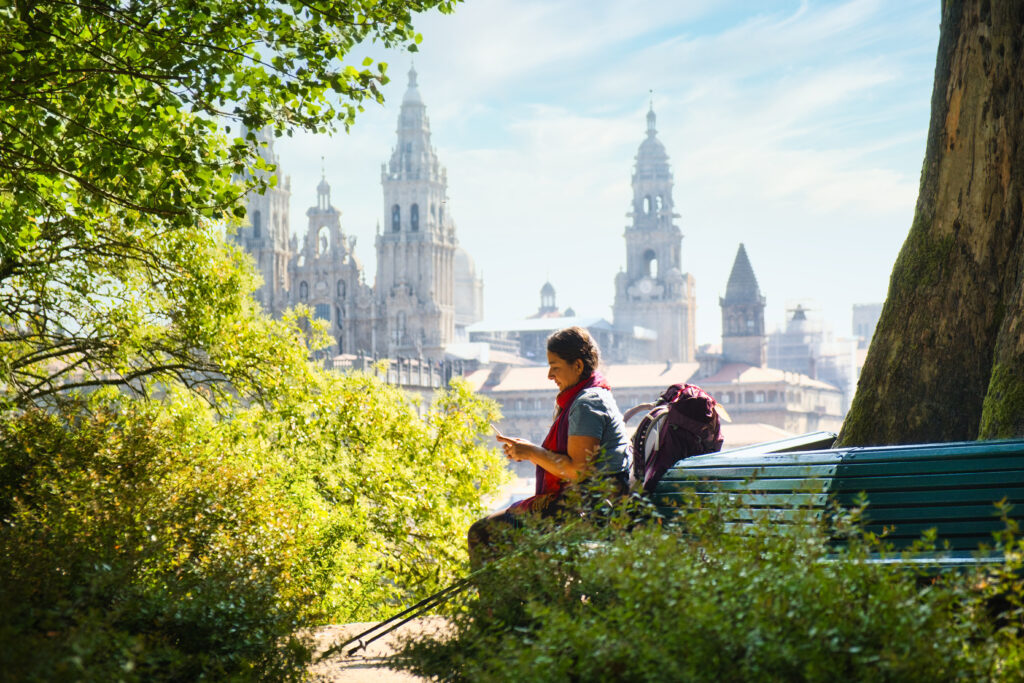
First and foremost, you need to plan your itinerary carefully. This is the first piece of advice on the Camino de Compostela, as your organization will then depend on this choice. In fact, there is not just one Compostela route, but several, depending on your point of departure. On the Spanish side, the best known, and by far the most popular, is the Camino Francés. It's also possible to take the Camino Norte, which runs along Spain's northern coastline.
On the French side, there are 4 routes:
- La voie du Puy, or via podiensis, from Auvergne
- La voie d'Arles, or via tolosana, from Provence
- The Vézelay route, or via lemovicensis, from Burgundy
- The Tours route, or via turonensis, from Paris
2. How many km per day can I cover on the Camino de Compostela?
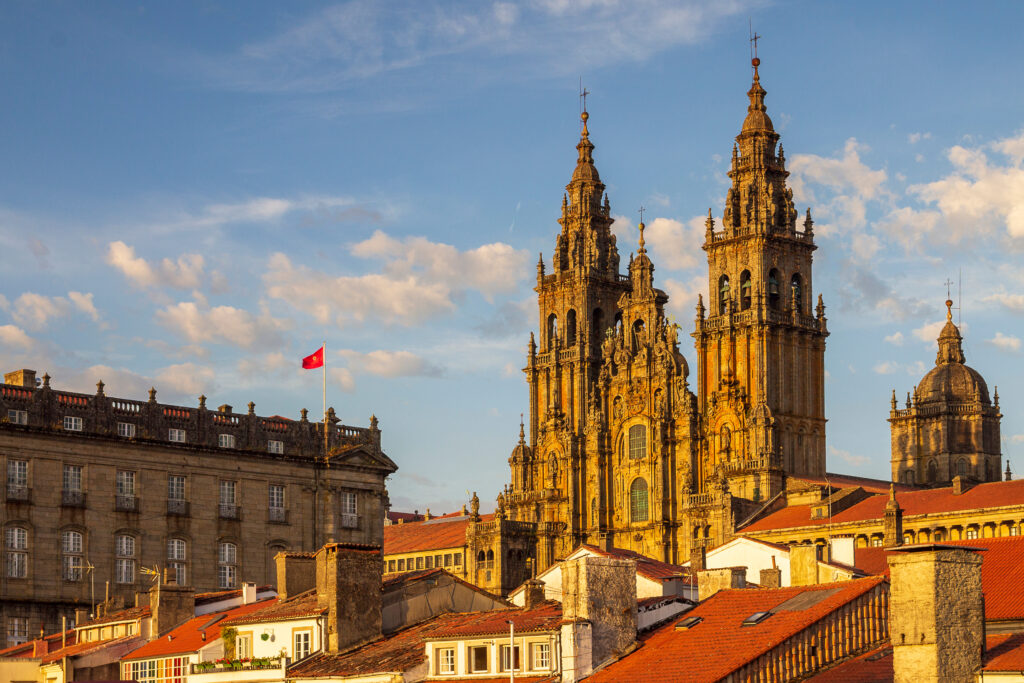
Once you've chosen your itinerary, the second piece of advice on the Camino de Compostela is to divide it into several stages. Don't be too ambitious: the idea is not to run a race, but to leave yourself time for contemplation. On average, hikers on the Santiago de Compostela pilgrimage cover 23 km every day. However, especially if you're not used to long-distance hikes, plan shorter stages, especially at the beginning of the journey. Indeed, even if you've already hiked long distances, this cult hike requires more endurance. So, for beginners, we recommend starting with 15 km/day, then gradually increasing, if necessary.
3. Start at the right time
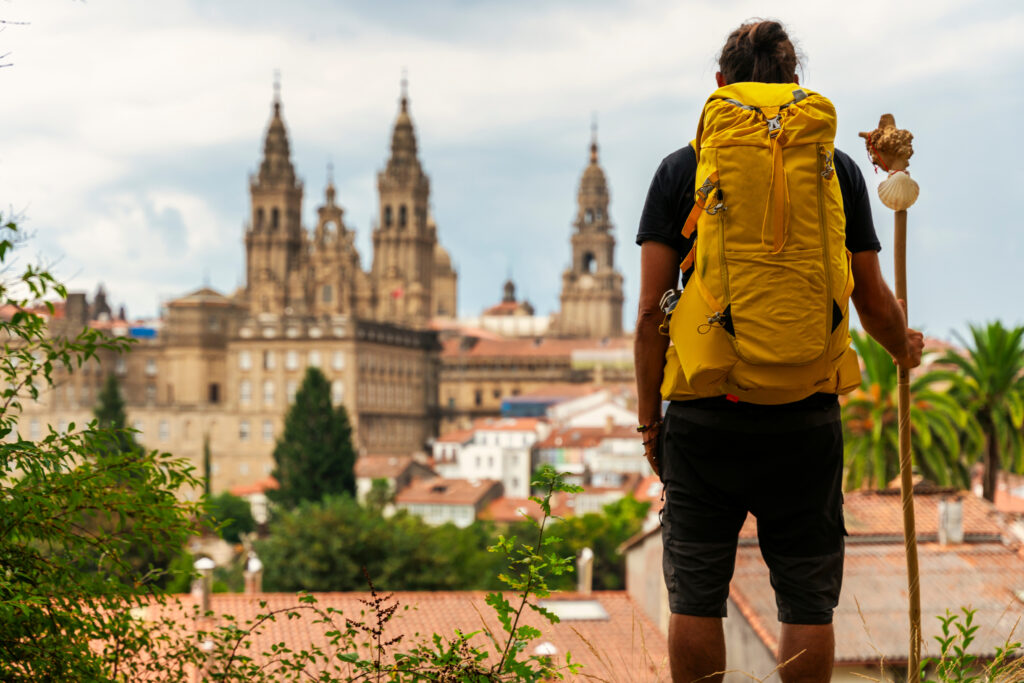
Another aspect not to be overlooked is the timing. Although it's possible to make the pilgrimage to Santiago de Compostela all year round, the time of year will have a major impact on your experience.
Here's what you need to bear in mind, depending on the season:
- Summer is the busiest season, so you'll have to share the trails. Heat waves and thunderstorms can also be a factor. Clothes are lighter, so your backpack is lighter. When crossing mountainous regions like the Pyrenees, the climate can remain cold.
- In autumn, the weather is generally mild, though unpredictable. The trails are less frequented, so this is perhaps the best time to walk Santiago de Compostela.
- Winter is by far the least frequented season, and weather conditions can make walking more difficult. Many tour operators may take a break during the low season, so bear in mind that some hotels, restaurants and tourist sites will be closed. Last but not least, your bag will be heavier because of the need for warm clothing.
- Spring can be rainy or mild, and remains little frequented until May.
4. Organize your accommodation in advance
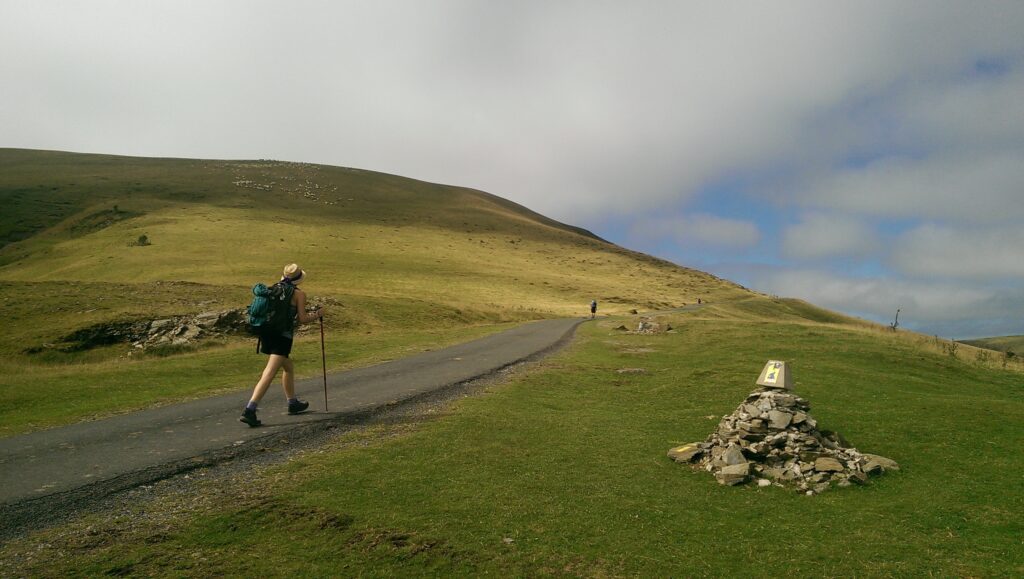
You'll walk with much greater peace of mind if you know where you'll be sleeping in the evening! Particularly if you're traveling in a group, the risk of establishments being fully booked can be high. So you can book all your accommodations in advance, or book them as you go along. This second option allows you to remain flexible, leaving room for spontaneity. In this case, you can simply call the day before to book your B&Bs, campsites, youth hostels or hotels for the following day. There's a list of accommodation close to the Camino de Santiago de Compostela.
5. Choose the right equipment
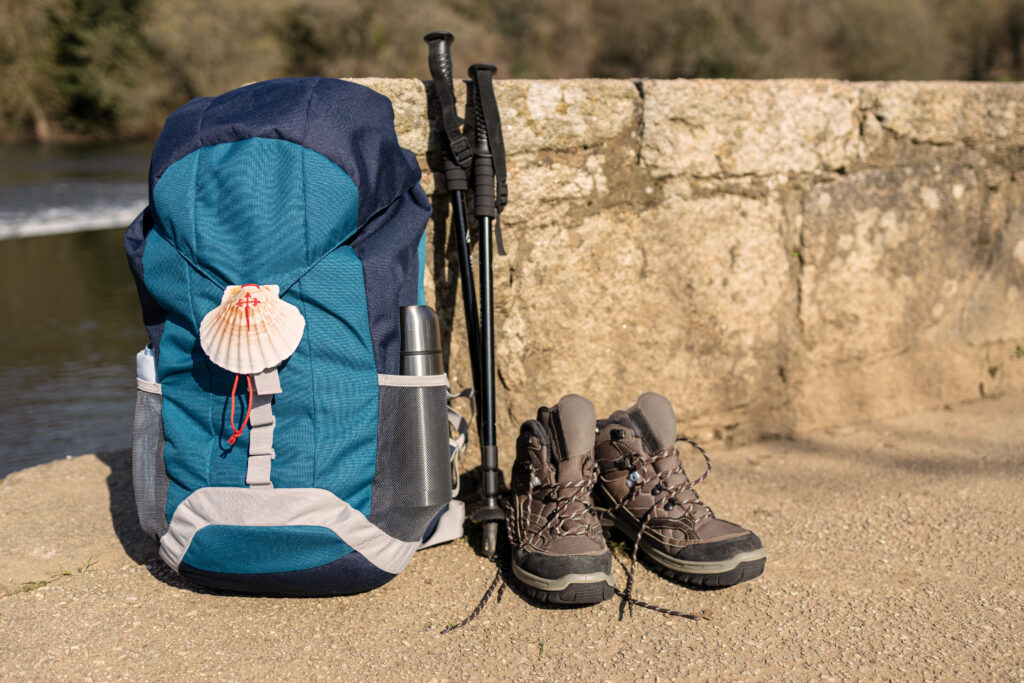
This is perhaps the best piece of advice we can give you on the Camino de Compostela: choose your shoes carefully! Choose hiking boots that are waterproof, resistant, sturdy, comfortable and have a grippy sole.
You'll also need to pack
- A sturdy, comfortable, practical and lightweight backpack
- A windproof jacket with hood
- Warm clothing, even in summer, as you may be crossing mountainous regions
- Lightweight clothing
- One or more thermos flasks
- Sun cream
- A tent, if you're sleeping in a bivouac or camping
- Walking sticks, if necessary
- Swiss Army knife
- Hydro-alcoholic gel, perfect for cleaning your hands before eating when there's no washbasin nearby
6. Pack a first-aid kit
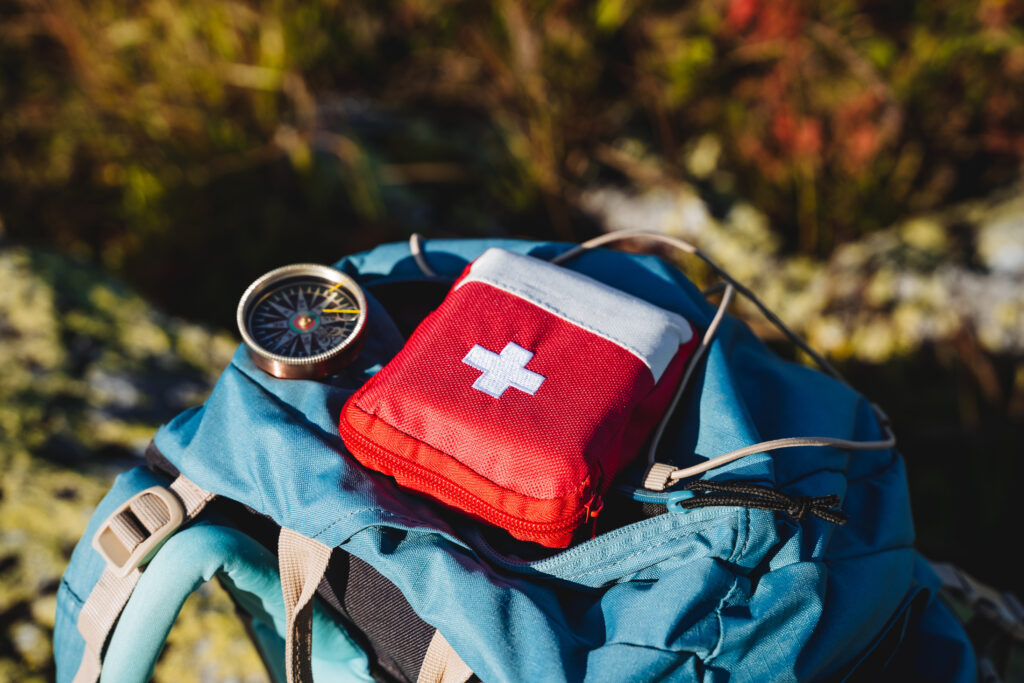
Small injuries are an everyday occurrence when hiking. So be sure to pack a first-aid kit, with waterproof bandages, special bandages for blisters, disinfectant, painkillers, anti-diarrhea medication, moisturizing cream to soothe irritations caused by walking, and mosquito repellent. Don't forget to bring your prescriptions if you're taking medication.
7. Always pack snacks
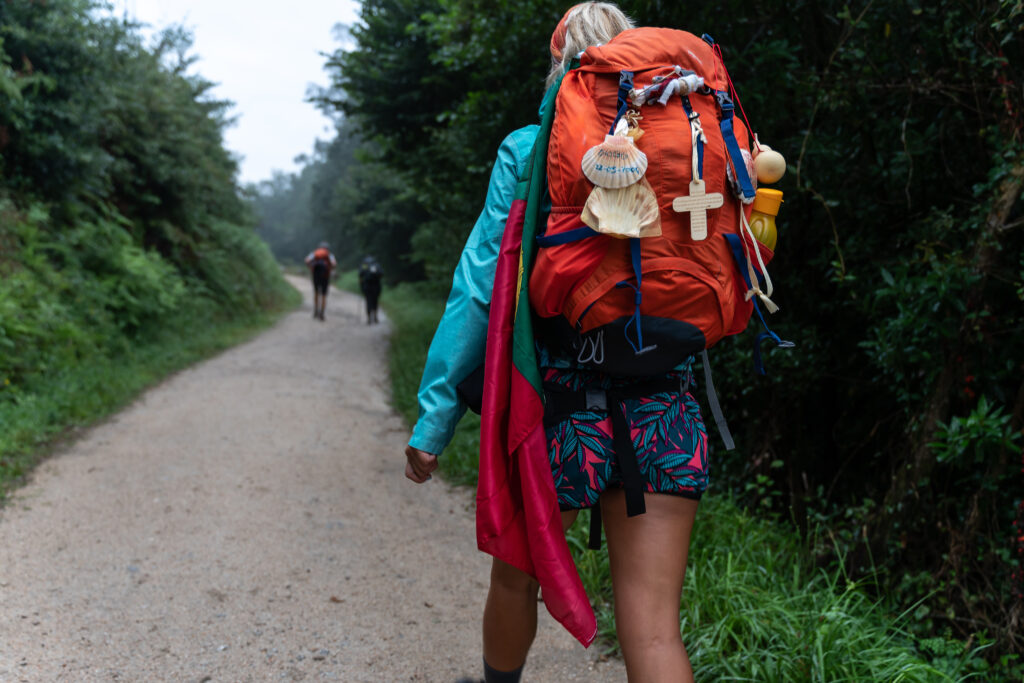
Hiking is hard work! There are plenty of restaurants along the trail, but a good tip on the Camino de Compostela is to pack snacks to quell hunger between meals. Take satiating, low-volume foods such as bread, cereal bars, dried fruit or cookies.
8. Travel light
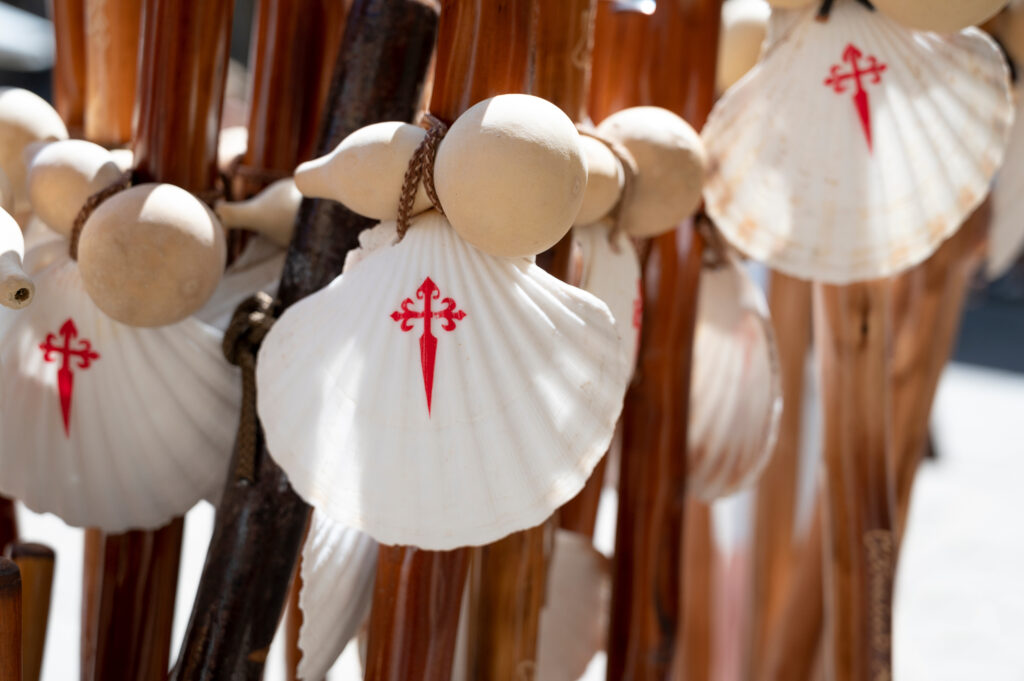
When hiking, every gram counts. That's why it's an essential criterion when choosing equipment. Today's increasingly ingenious sports brands offer a wide range of lightweight equipment options. In the same way, forget all the "just in case" items that will add unnecessary weight to your back. Remember, too, that while bivouacking and camping will allow you to enjoy the great outdoors, it will inevitably involve a lot more gear.
You can also consider suitcase transport services. There are a number of companies, both in France and Spain, who, for a small fee, will collect your suitcase in the morning before you leave, and deliver it to your accommodation in the evening before you arrive. This practical service can really make a difference, allowing you to travel as freely as you please!
9. Don't neglect your physical preparation
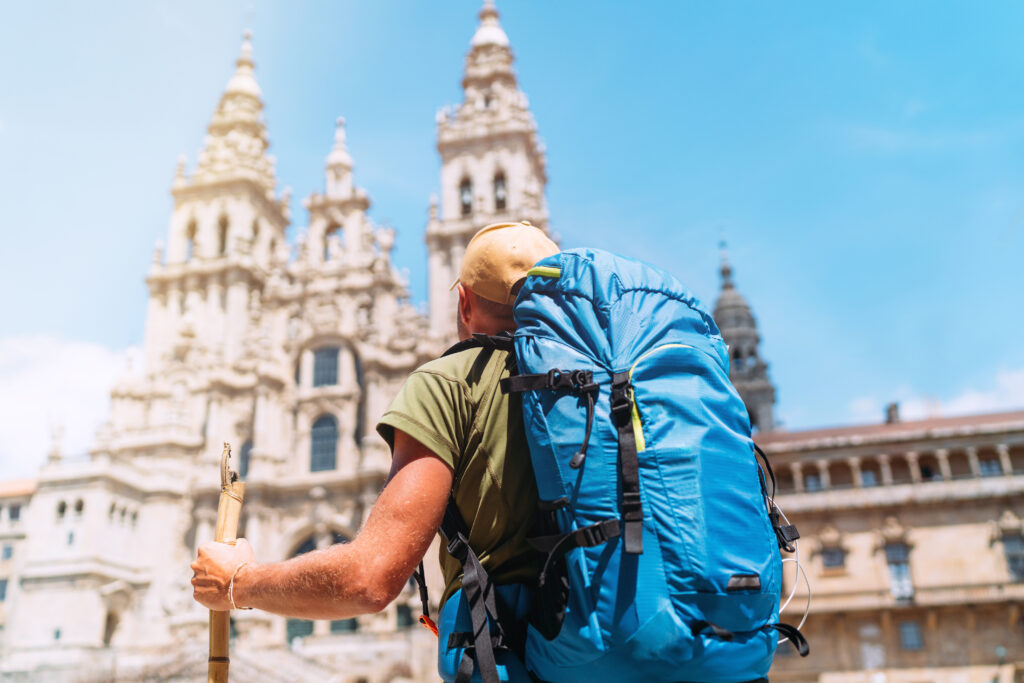
Even if you're a regular hiker, remember that this one will be different, as it will be a long one. This means you'll need to have the stamina to go the distance. In the run-up to your pilgrimage, a good piece of advice on the Camino de Compostela is to walk well every day, as part of your daily routine, to gradually bring your body out of its sedentary state.
Strengthening your muscles in a gym beforehand will also help you when you get there. And don't forget to work on your flexibility by stretching.
10. What's the best way to eat on the Camino de Compostela?
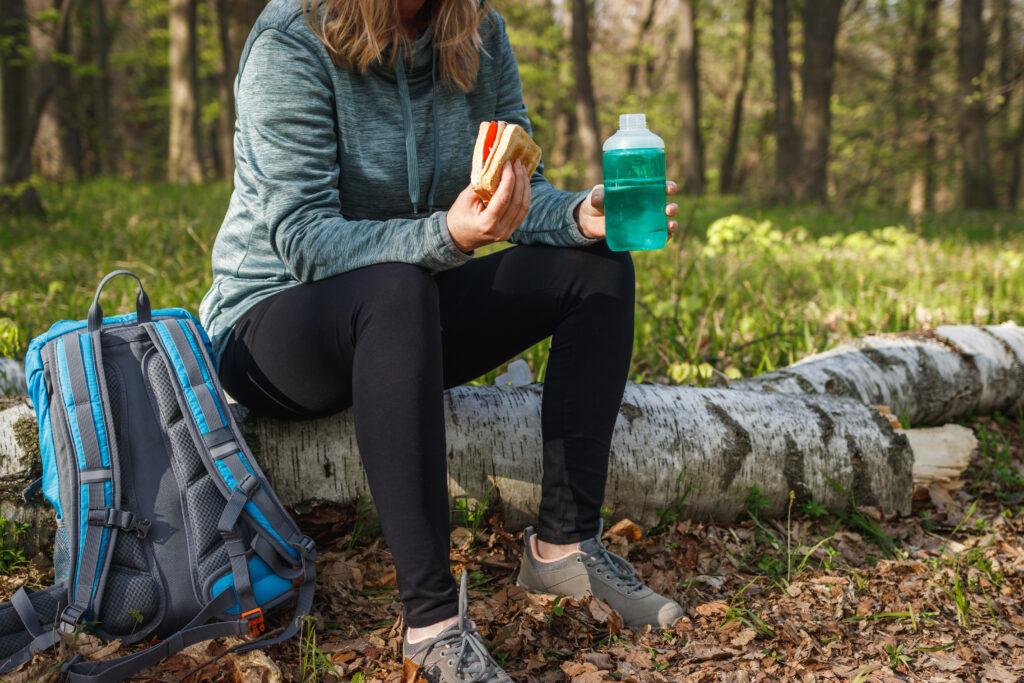
All along the Camino de Santiago de Compostela, there are numerous restaurants, grocery stores and B&Bs offering table service. This last option can be particularly interesting, as it allows you to dine directly where you'll be spending the night, leaving you time to rest. Ideally, you should book accommodation with catering facilities. Some even offer picnic baskets, which you can take away with you during the day. As for restaurants, many along the trail, especially in Spain, offer "pilgrim menus" at reduced prices, usually around €10. To lighten the budget, another option is to buy a sandwich for the next day at the stopover.
In terms of food, eat fast sugars at breakfast to give you immediate energy. This can be fruit, cakes, cookies, chocolate, jam, etc. At lunchtime, plan a filling meal, such as a sandwich, and take advantage of the trip to sample local culinary specialities: aligot in Auvergne, daube in Provence, charcuterie in Spain, etc. Finally, in the evening, opt for starchy foods, such as pasta, rice, bread or semolina. They'll fill you up with slow sugars, and keep you energized for the next morning.
As for water, you'll find it easy to buy in grocery stores, stop-off points and restaurants. To refill your water bottle, think of fountains, which often offer drinking water, as well as taps in cemeteries. This trick can save a thirsty hiker crossing the countryside!
11. How not to get lost on the Camino de Compostela?
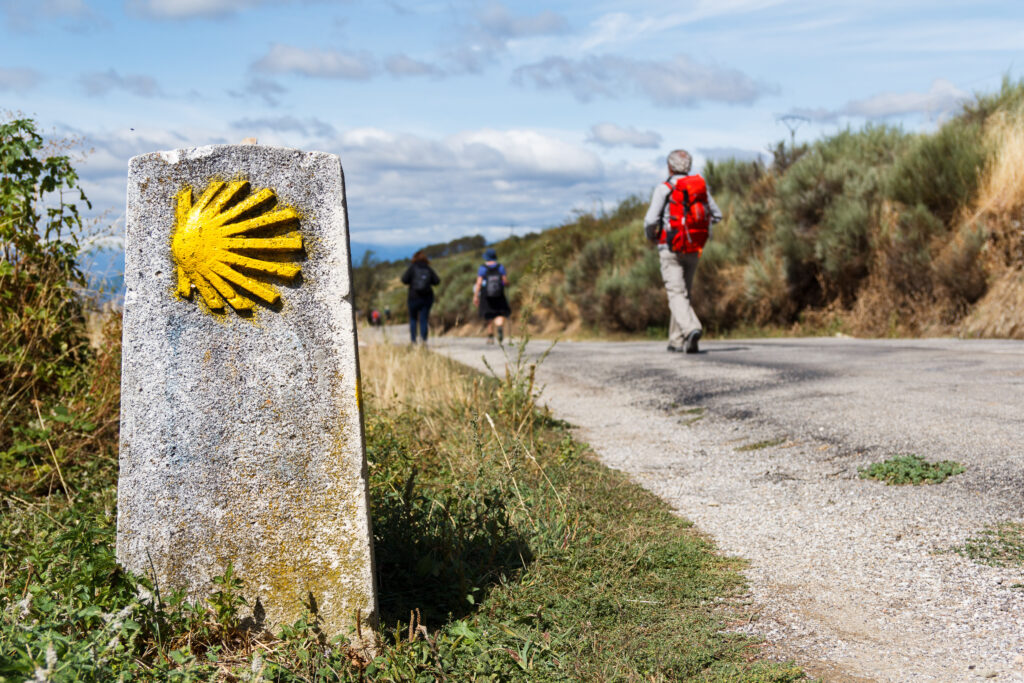
Most of the paths leading to Santiago de Compostela are well-marked. The "voie des Puy" and the " camino francés", as the most frequented paths, are particularly well signposted, and it seems very difficult to get lost. However, on the other paths, even if they remain well-marked, it can be useful to have a map or a topo-guide. In France, the paths leading to Santiago de Compostela almost always take the long-distance footpaths maintained by the Fédération Française de Randonnée Pédestre, covering a variety of hiking destinations, and are therefore generally well-marked.
These days, there are many GPS applications that allow you to find your way around using your cell phone, so you don't have to carry around the weight of a topo-guide. In this case, it's a good idea to download the maps in advance, so that you can access them even when you don't have a network.
To avoid getting lost, be particularly vigilant when your path crosses another, so as not to take the wrong turn. Be sure to check the signs at this point.
12. Stretch every time
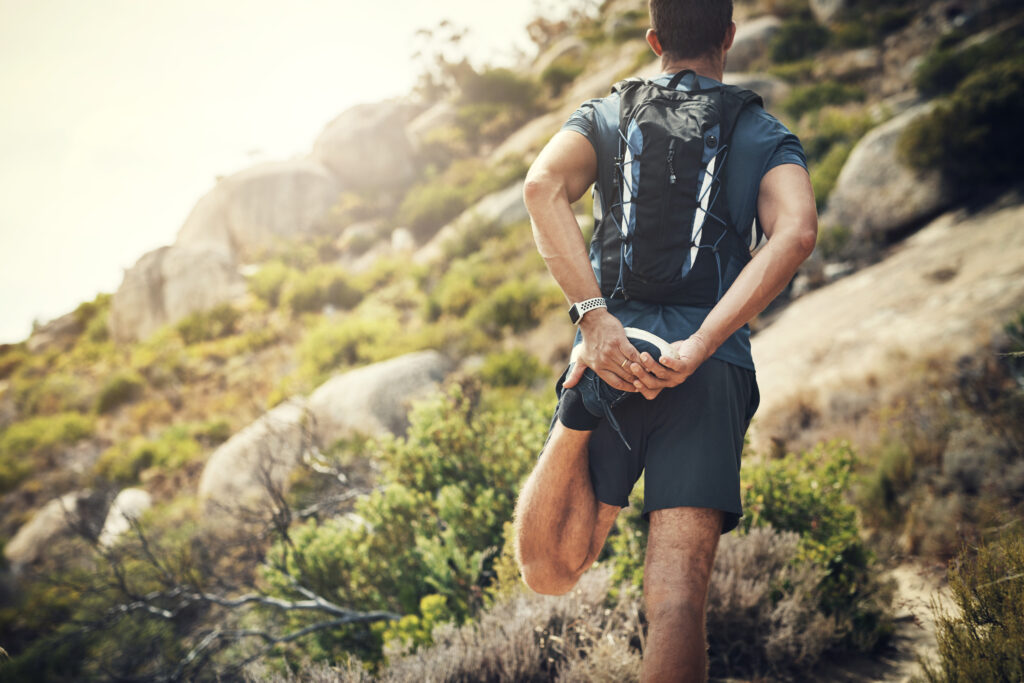
Don't neglect stretching every evening during your stage. These few minutes of self-care will make all the difference the next day when you're back on the road. Stretch your legs, of course, and your feet, but also your back, put to the test by carrying a rucksack, and your arms. Treat your legs and feet to a massage, perhaps using arnica cream.


